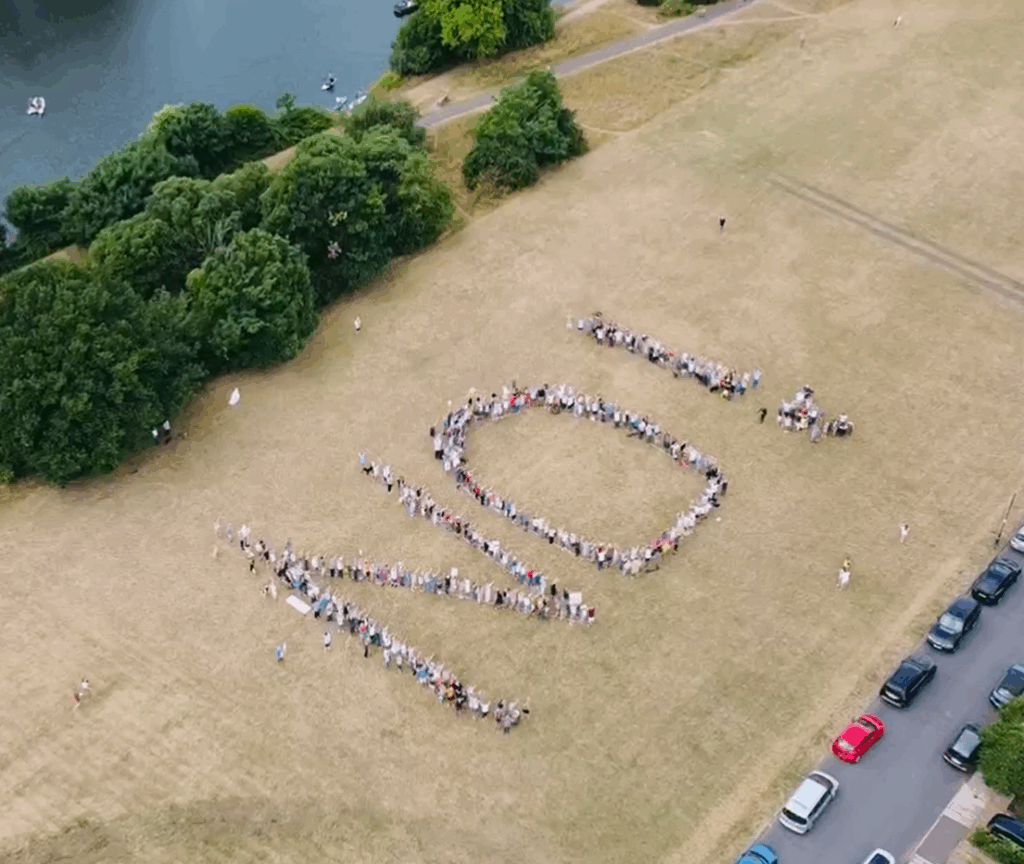Teddington Direct River Abstraction (TDRA) is a scheme in which Thames Water plans to extract millions of litres of water from the River Thames and replace it with treated sewage.

They say this project is needed to ensure a reliable water supply during periods of drought. We recognise the need to make plans for increased weather extremes, but we believe this is completely the wrong solution.
Thames Water is currently undergoing a statutory consultation whereby they are obligated to engage with the public and solicit feedback from us on our views on this project. This consultation closes on TUESDAY 26th August.
Thames Water MUST take account of ANY responses made, not just those made via their feedback form, and we agree with SOLAR (Save our Lands and Rivers) that a response in the form of an email or letter allows us to reject this project in its entirety. We urge residents to register their protest.
Here are our objections:
The plan would mean the continuous sewage discharge all year round, not just at times of drought
Thames Water says TDRA will only be used when there’s a serious drought, however, treated sewage discharge will continue all year round albeit at a minimum rate, because the system needs a constant “sweetening” flow and would end up releasing far more sewage than the amount of water it removes.
The treated sewage contains harmful pollutants
Thames Water calls its discharge “highly treated,” but it won’t remove tiny contaminants like PFAs (“forever chemicals”), microplastics, pharmaceutical leftovers, or certain bacteria and viruses. These pollutants are known to damage ecosystems and may harm people who swim or paddle in the river.
The Thames here already has “poor” ecological and bacterial status
In 2022, the Environment Agency assessed the Thames near Teddington Weir and gave it a poor rating, meaning many harmful pollutants were detected. Water testing in May 2024, undertaken by local boat clubs, showed the bacteria status of the river was “poor” three out of four times tested. Adding more treated sewage will likely make this worse.
Construction will cause massive disruption and wreck parks and green spaces
Thames Water plans to build eight vertical access shafts (each about the size of half a football pitch) in places like Ham Lands, Moormead Park, and Richmond riverside and a tunnel to carry treated sewage to an outlet at Ham Lands. Local areas like Ham Lands are officially nature reserves with rare plants and fungi. They are places where people walk and play. The construction could permanently harm these open spaces and their wildlife habitats.
Thames Water cannot be trusted
Thames Water has a record of sewage leaks and financial mismanagement. They have lost public trust through raw sewage spills, rate hikes, and heavy debt. Could it be that the TDRA scheme is just a short term fix to build something they can borrow money against, rather than a real solution?
There are better alternatives to TDRA
Instead of pumping sewage, Thames Water should fix broken pipes fast and get people to use less water. That means smart meters, public education, and better building rules. These steps reduce pressure on supply and don’t hurt the environment. In addition, there are other schemes like the Beckton or Mogden Reuse Schemes, where treated water is cleaned to a higher standard and reused as supply water, not just for drought relief, which would offer better, scalable and longer term solutions to tackling weather extremes.
In short: TDRA is not just a “drought back-up” plan, it’s a risky, expensive and environmentally damaging project that treats the Thames as a sewage dump and ignores better, greener solutions. For the health of the river, local people, wildlife, and our planet, we strongly oppose it.